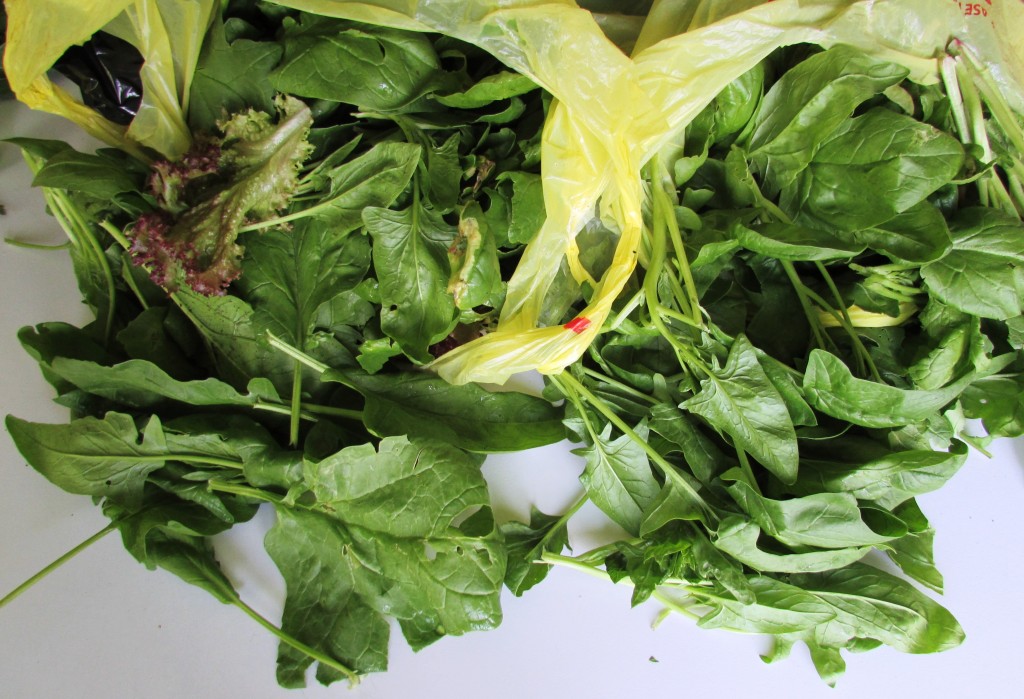I picked several dozen green tomatoes off the dead vines in my Roxborough garden in early December, before the first deep freeze of the winter reached Philadelphia. You’re supposed to wrap green tomatoes in newspaper, put them in paper bags and store them in a cool place to get them to ripen, but I put them all in a big bowl on my kitchen counter, where they sat for weeks. I had intended to make fried green tomatoes with some, while waiting to see if the others would ripen. Over several weeks of neglect, half rotted, but the others eventually appeared to ripen. Their pallid orange color didn’t lead me to expect them to taste like much, but they weren’t bad at all. They had an unmistakable homegrown taste, with no mushy or mustiness from aging, and were certainly better than anything we’ll find in local markets around here between now and June.
-
Philly Urban Ag News
My Gardens
Categories
- Beekeeping
- City Harvest
- Community Gardens
- Community Supported Agriculture
- Compost
- Crops
- Farm Bill
- Greenhouse
- Land Use
- Municipal Services
- My Gardens
- Orchards
- peppers
- Pests
- Philadelphia Land Bank
- Philadelphia Urban Ag Plan
- Philly Urban Ag News
- spinach
- tomatoes
- Uncategorized
- Urban Farms
- Vacant Lots
- Winter Gardening
Archives
- February 2021
- January 2021
- December 2020
- November 2020
- September 2020
- June 2020
- May 2020
- April 2020
- March 2020
- February 2020
- May 2019
- April 2019
- June 2017
- April 2017
- February 2017
- January 2017
- December 2016
- September 2016
- June 2016
- July 2015
- May 2015
- April 2015
- December 2014
- November 2014
- October 2014
- September 2014
- August 2014
- July 2014
- June 2014
- May 2014

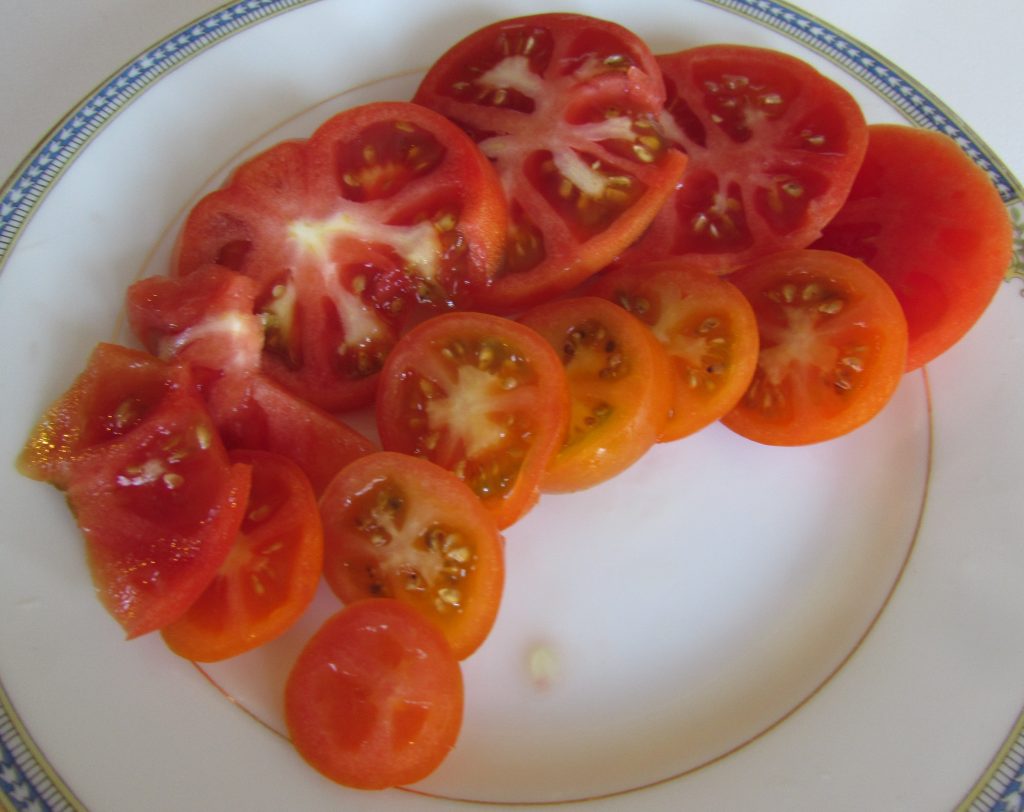
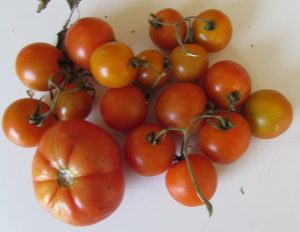


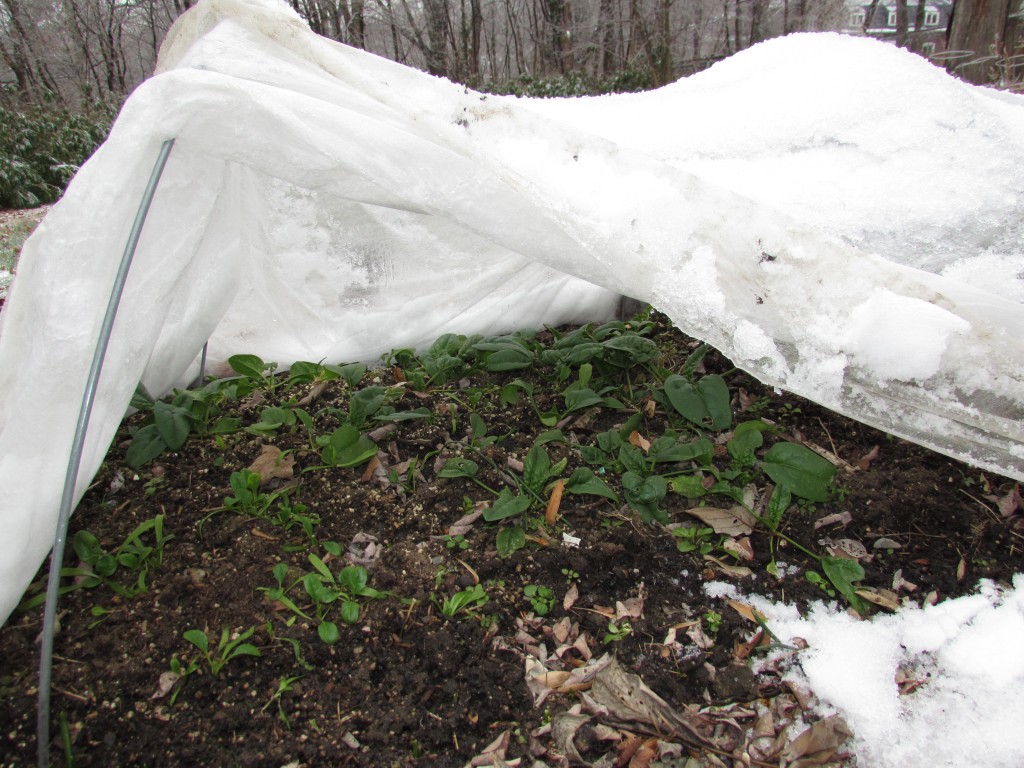
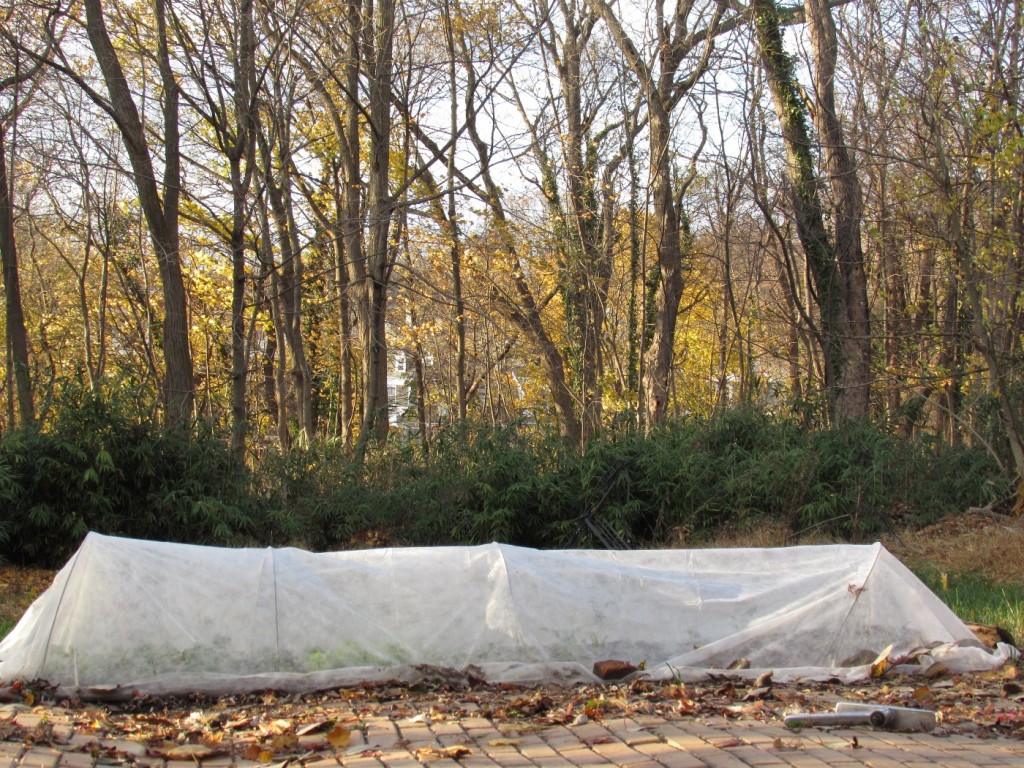
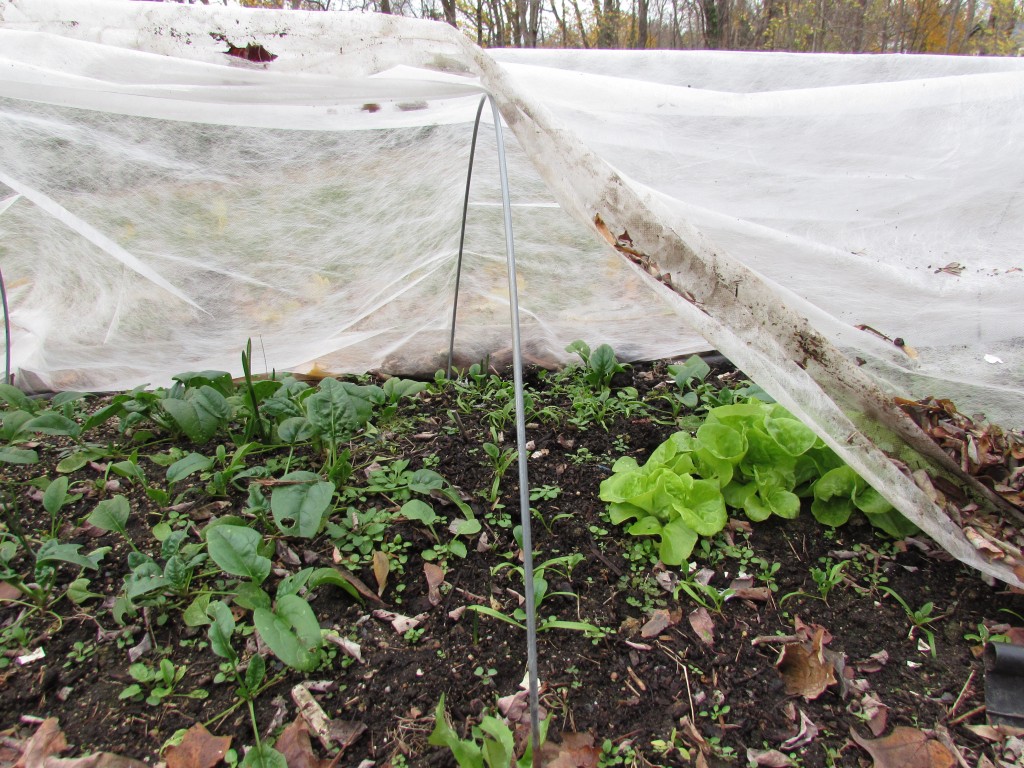
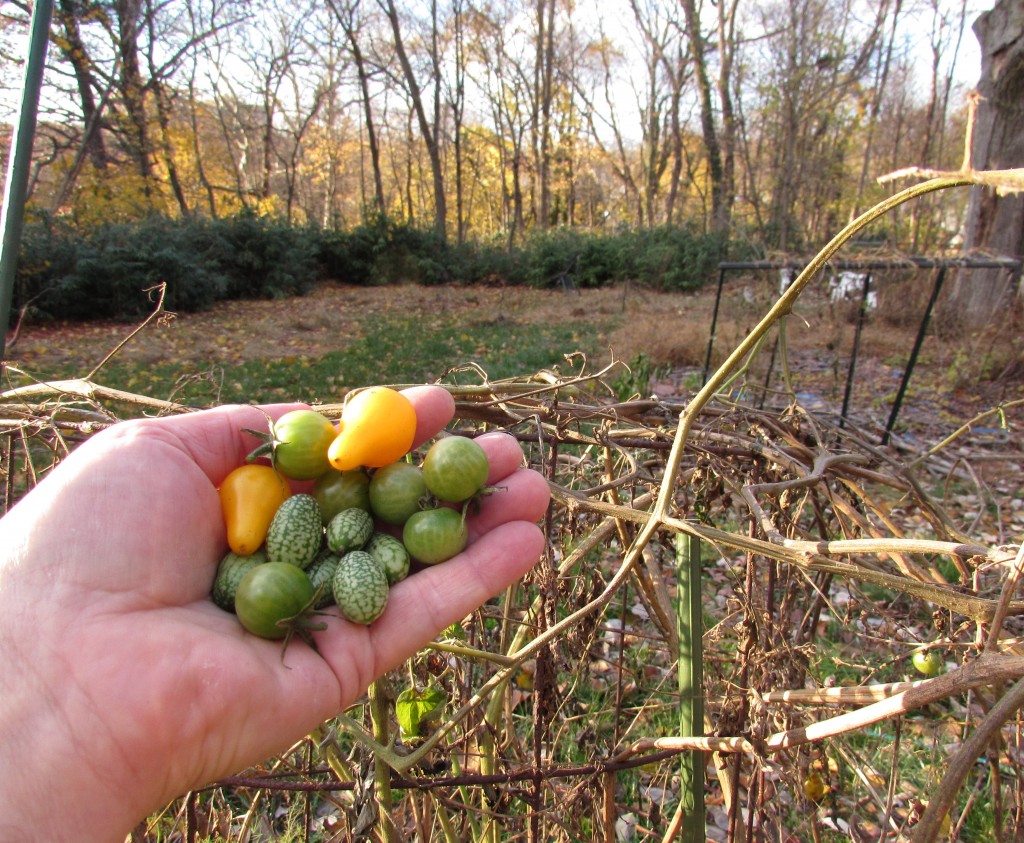
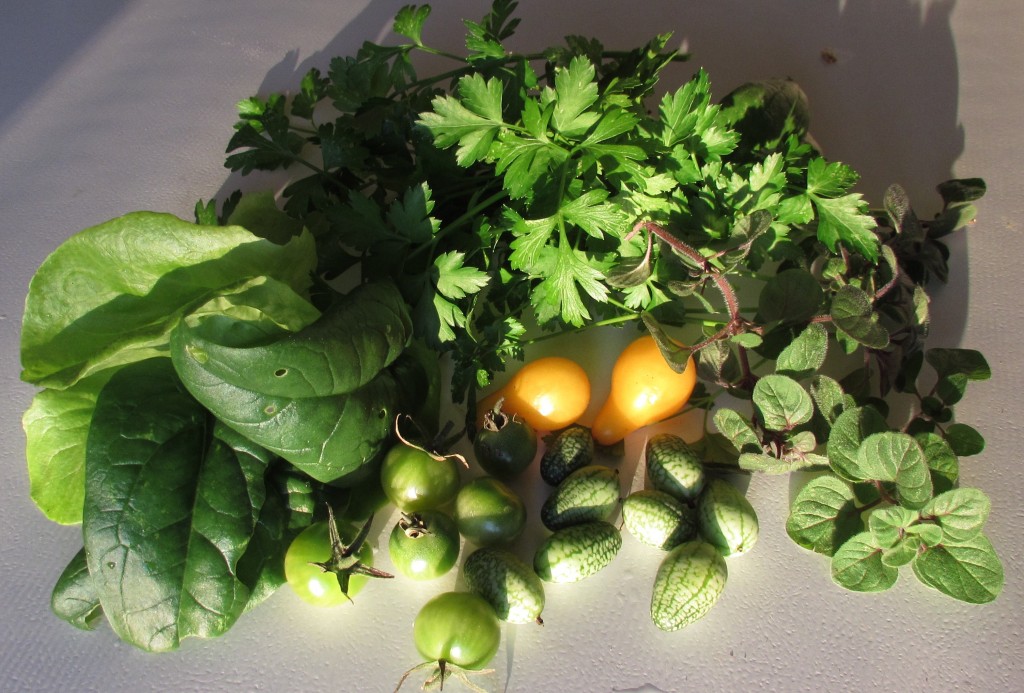
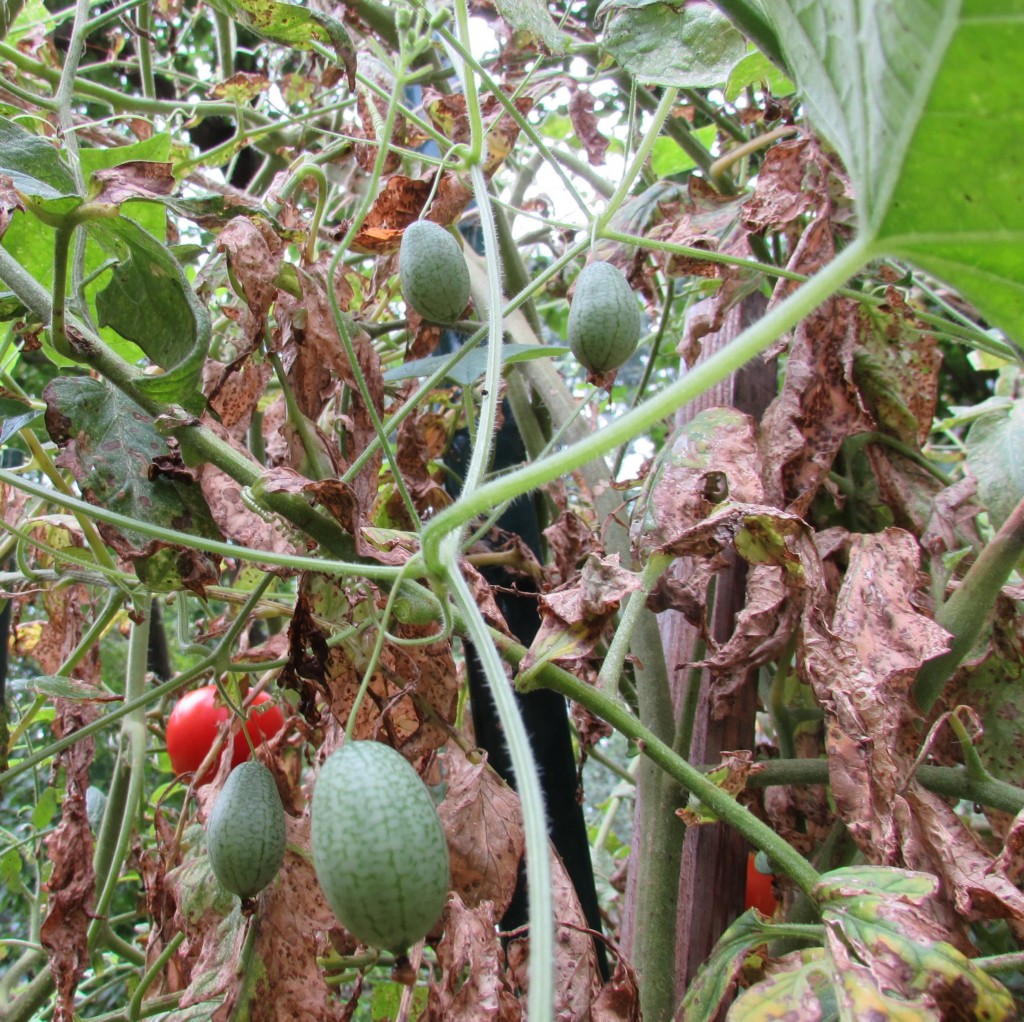
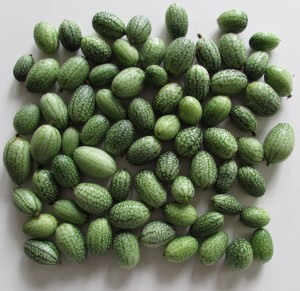
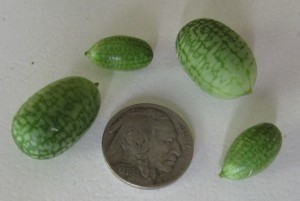
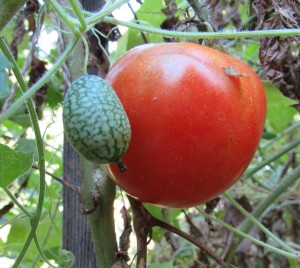
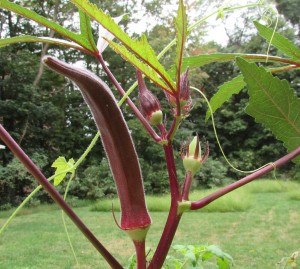
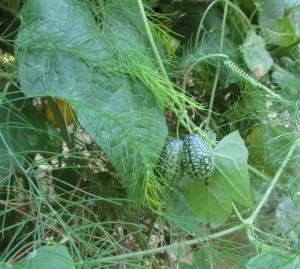
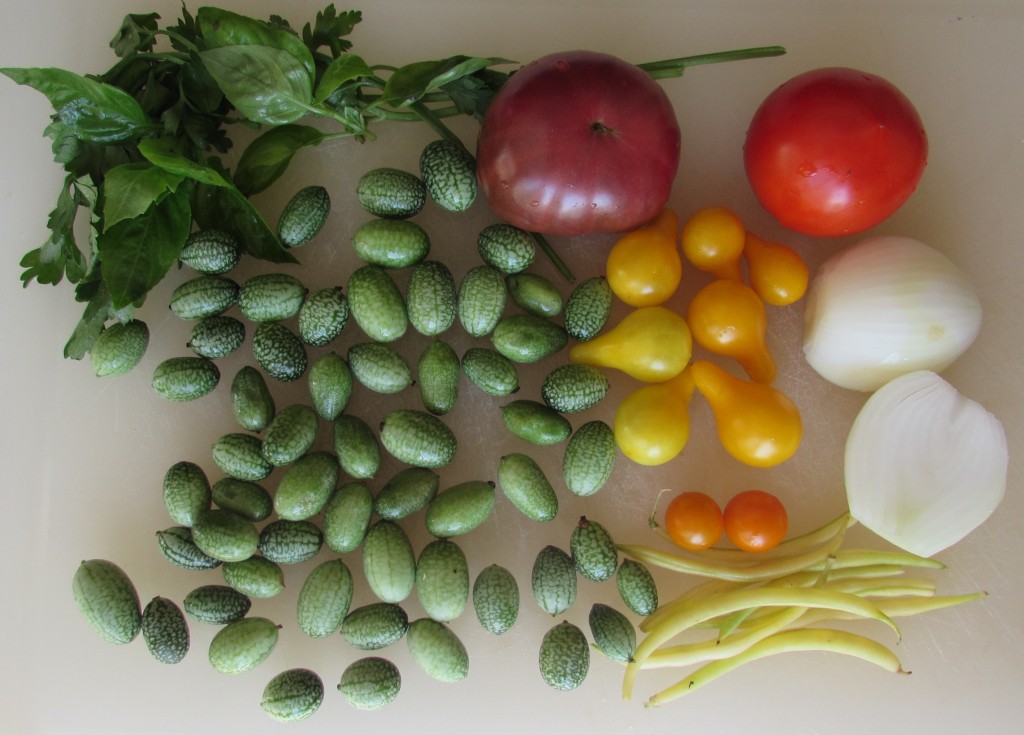
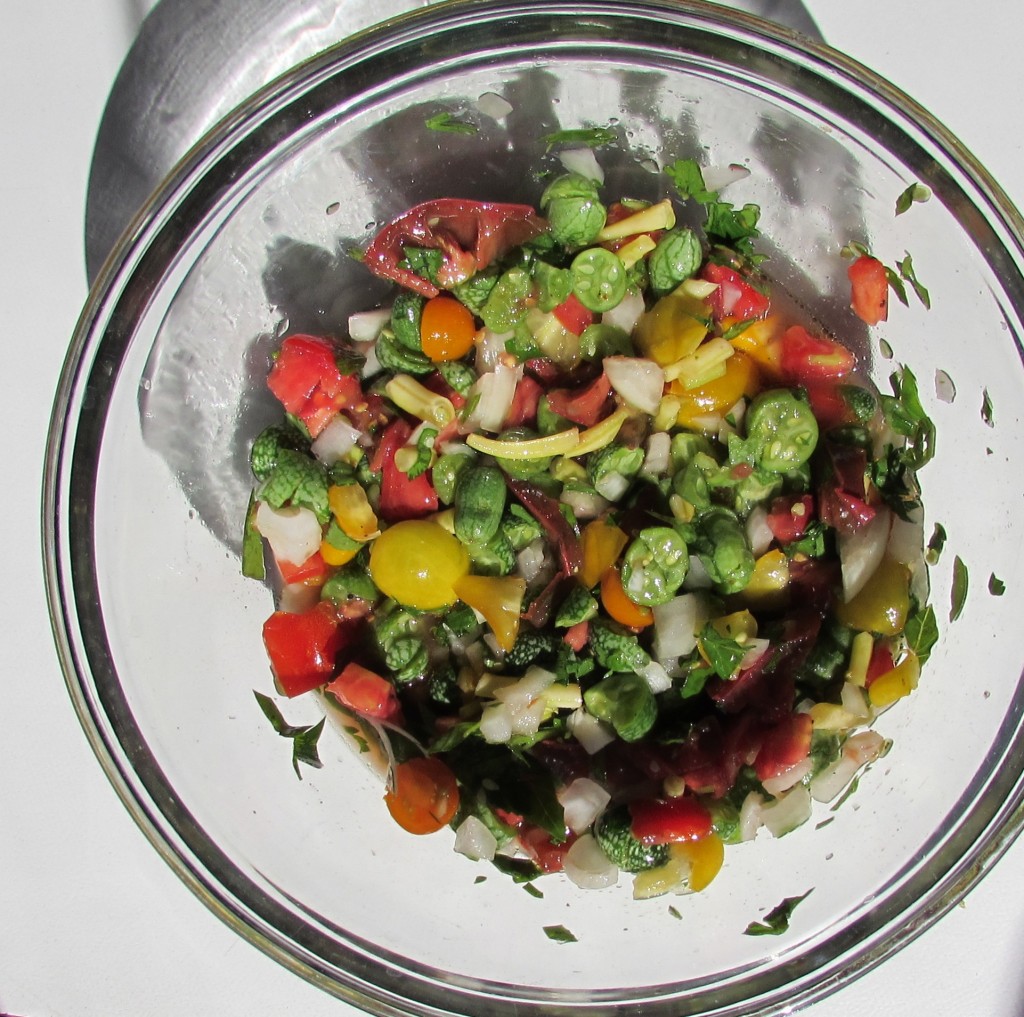
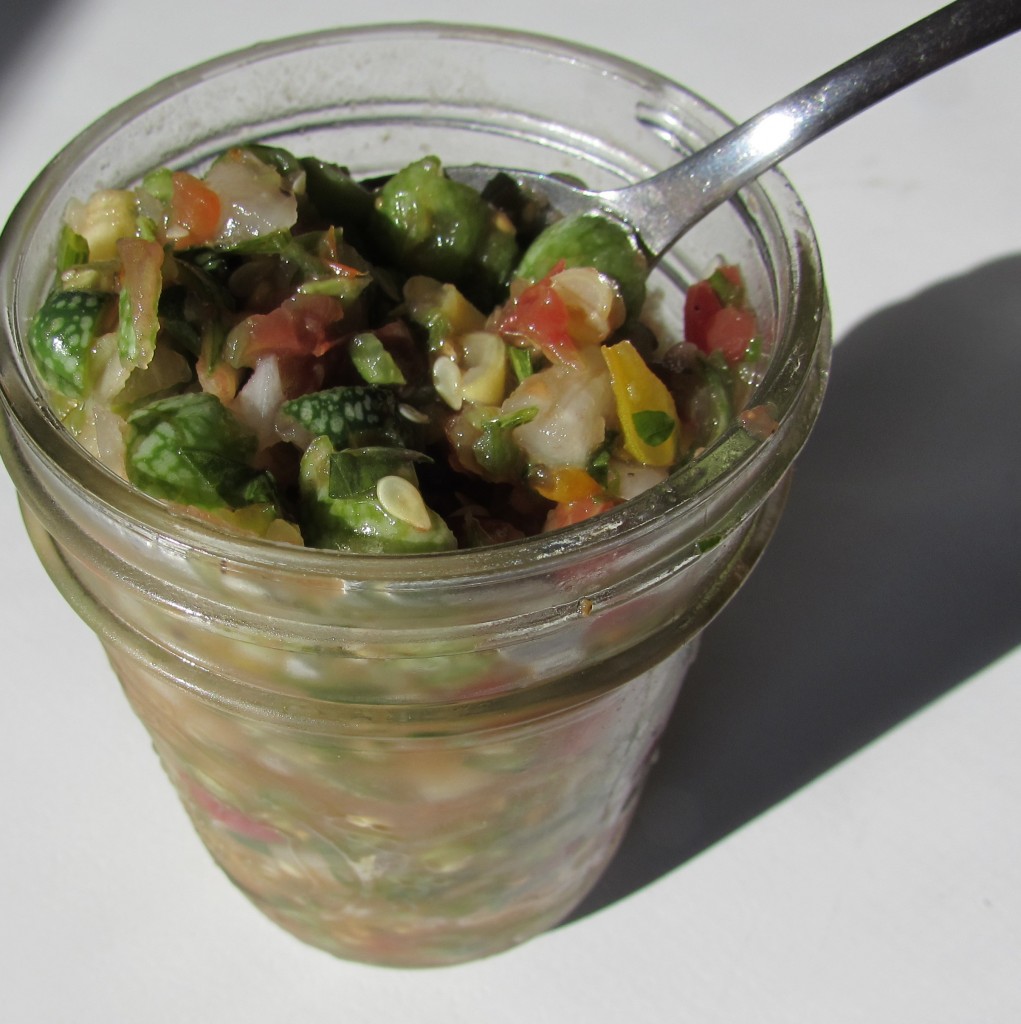
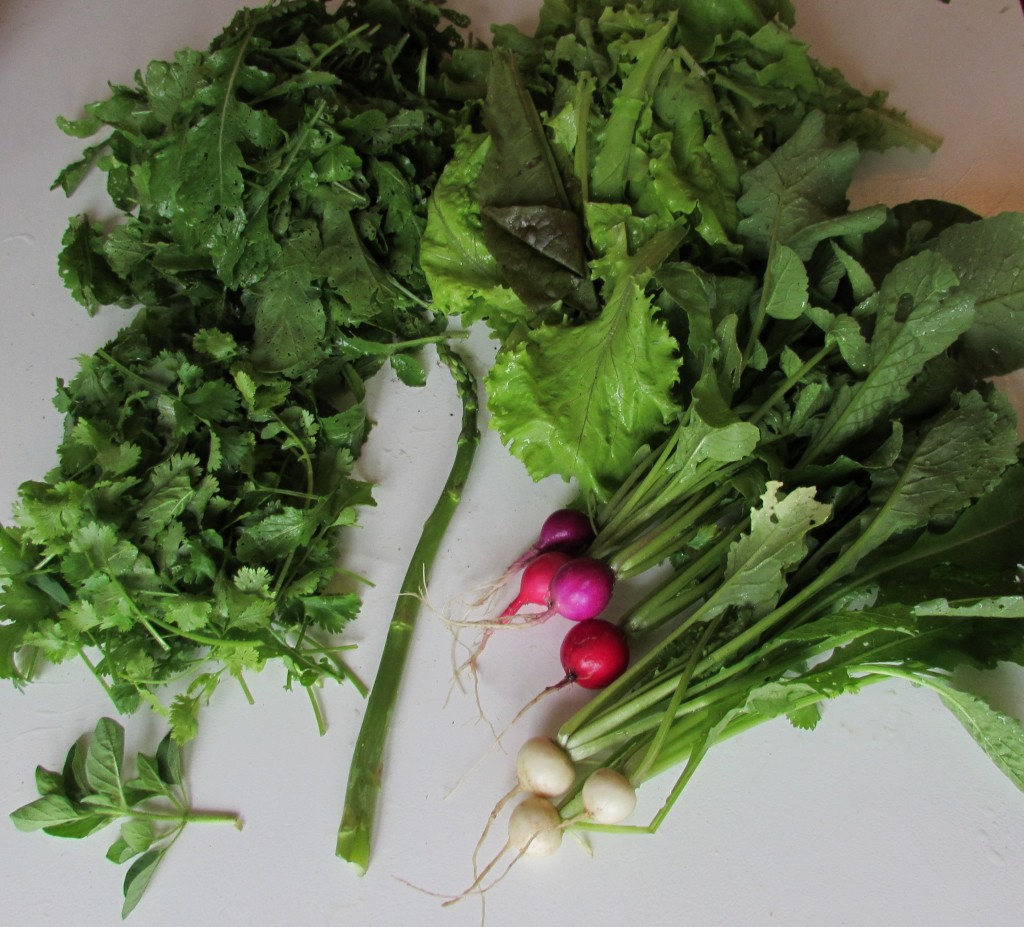
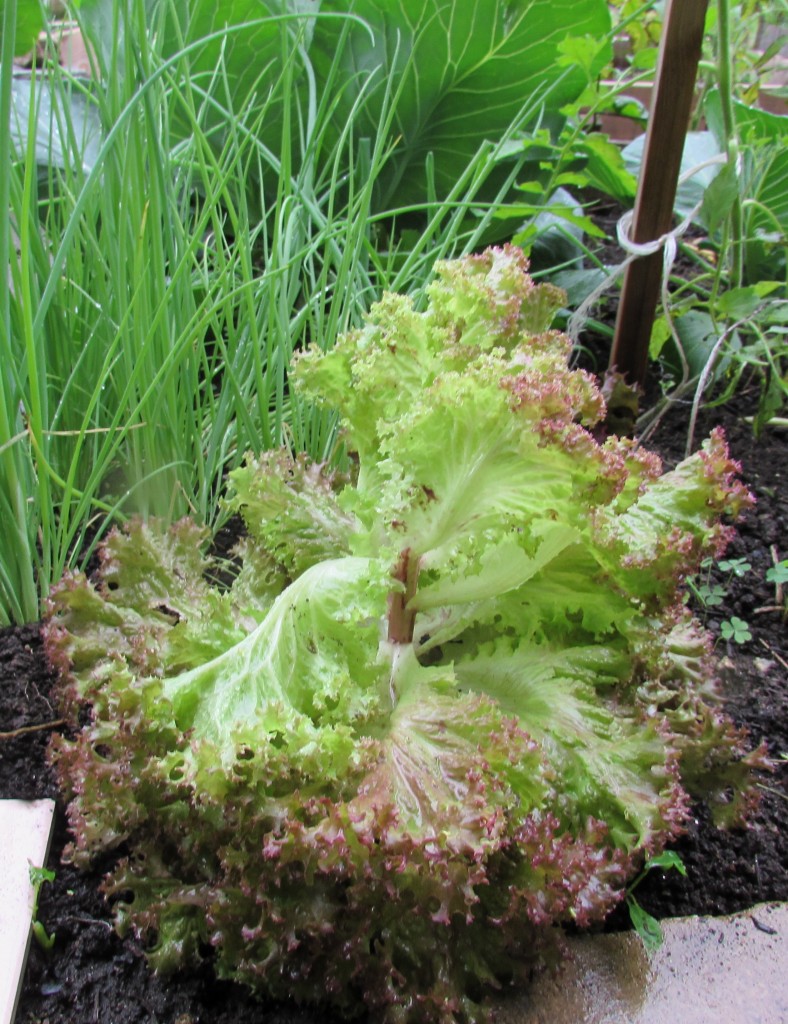
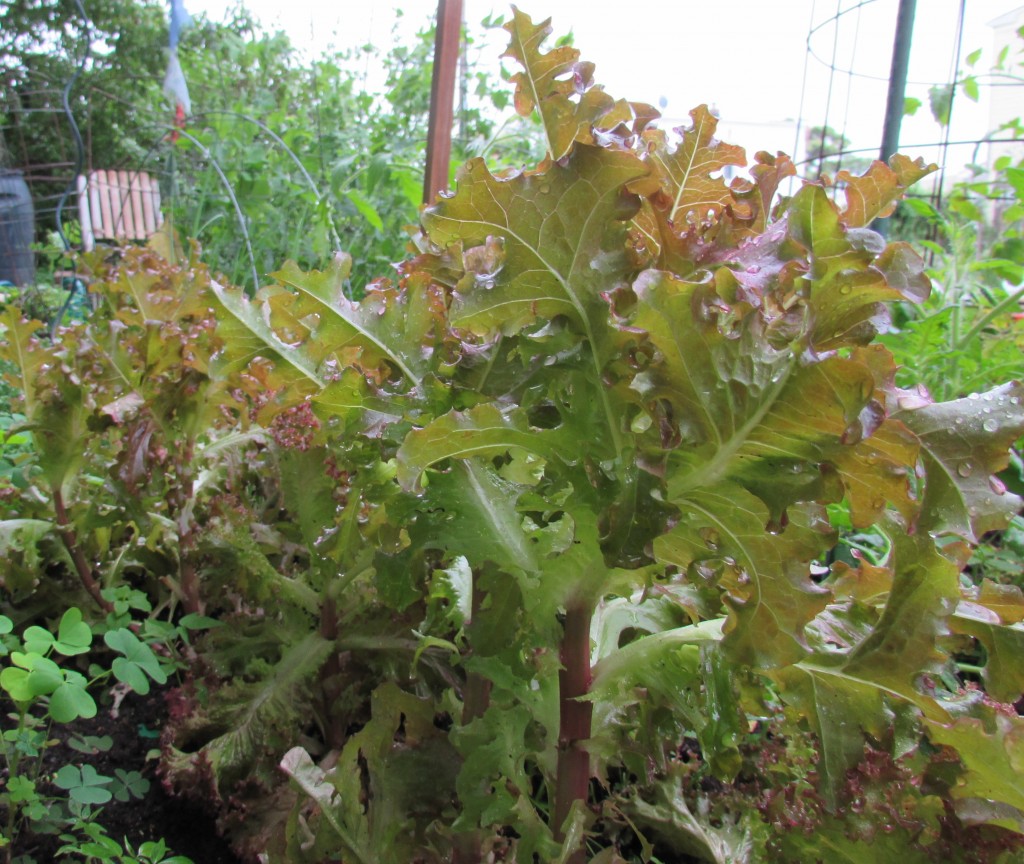
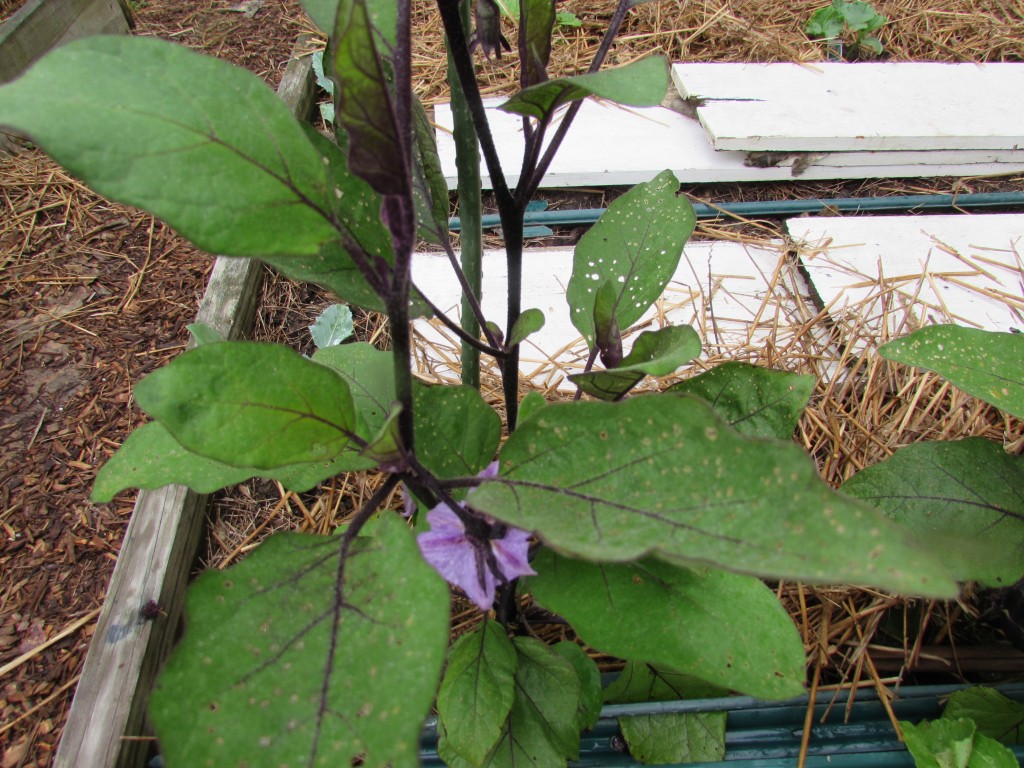
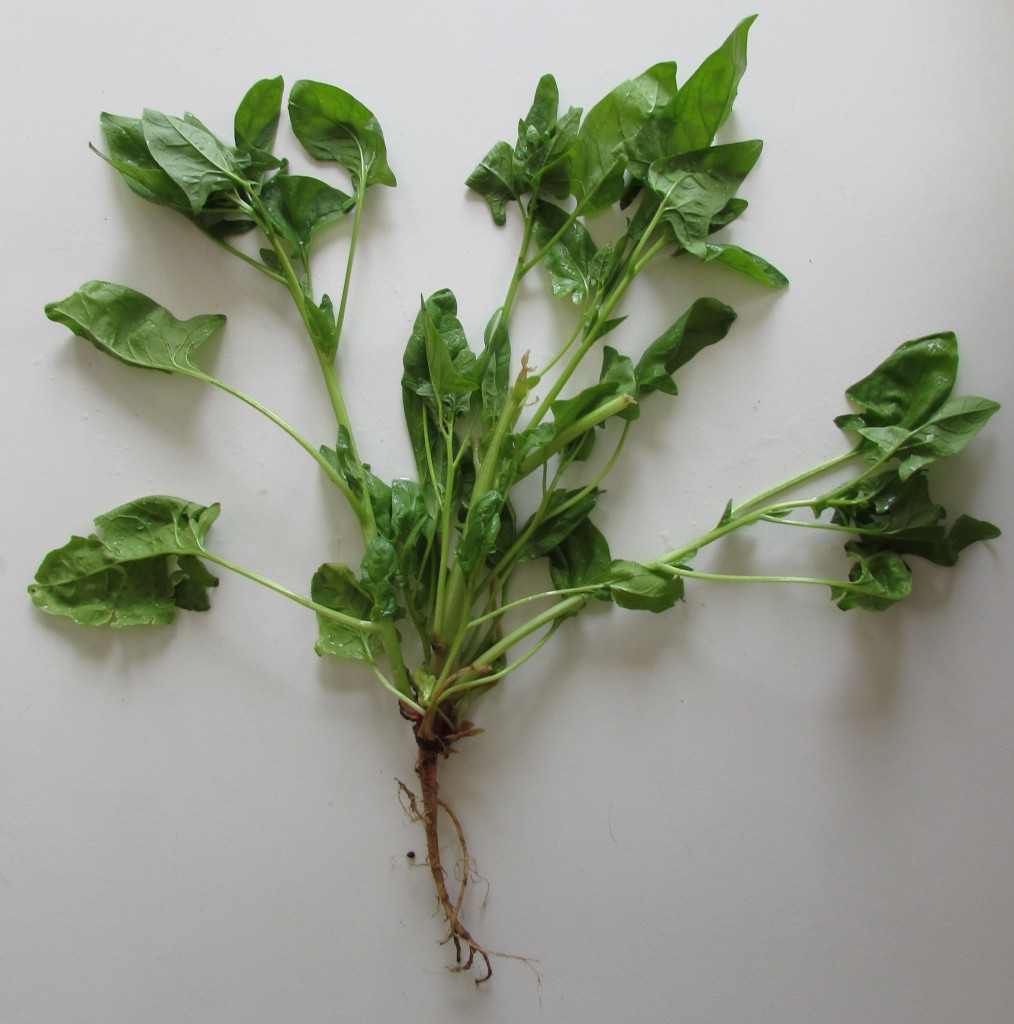
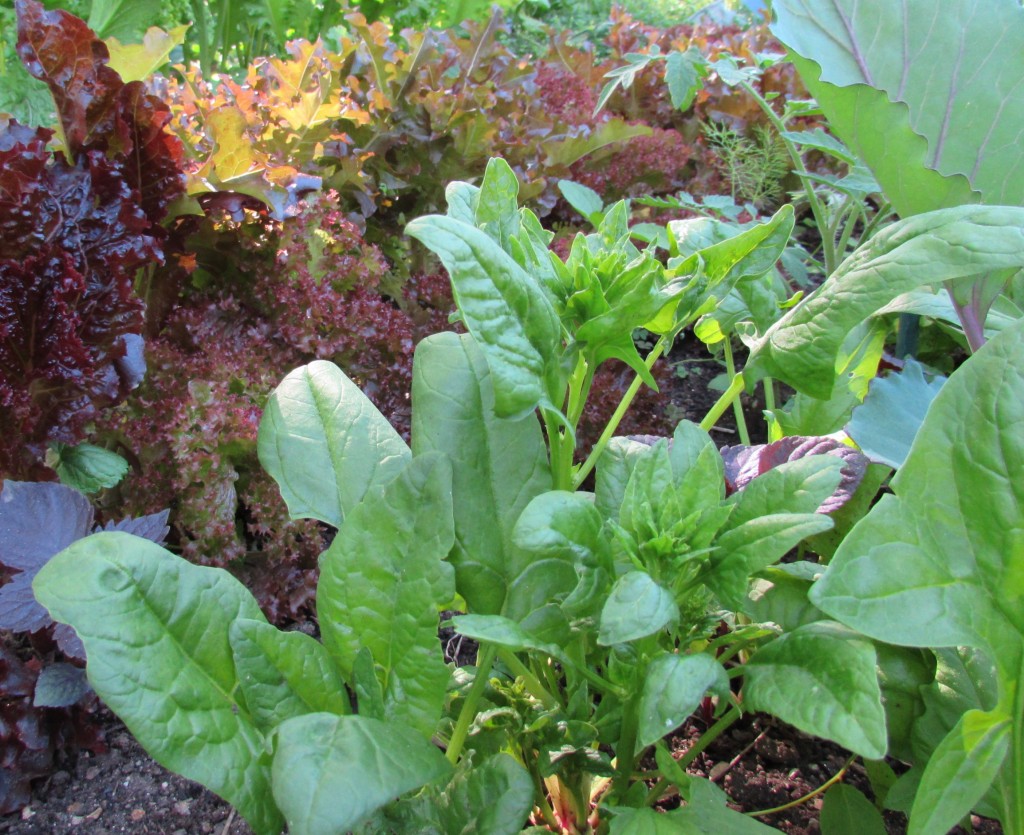 yielded a continuous harvest of spinach clippings since March. The plants have been taking turns bolting for the last month or so. A few of the spinach plants have still barely begun to bolt. I clip them as soon as they start to shoot up, before they turn woody, when they’re still tender and sweet. Guess I’m going to have to make an extra-spinachy batch of my favorite curry, and use my other old favorite spinach recipes that I’ve posted on my
yielded a continuous harvest of spinach clippings since March. The plants have been taking turns bolting for the last month or so. A few of the spinach plants have still barely begun to bolt. I clip them as soon as they start to shoot up, before they turn woody, when they’re still tender and sweet. Guess I’m going to have to make an extra-spinachy batch of my favorite curry, and use my other old favorite spinach recipes that I’ve posted on my 